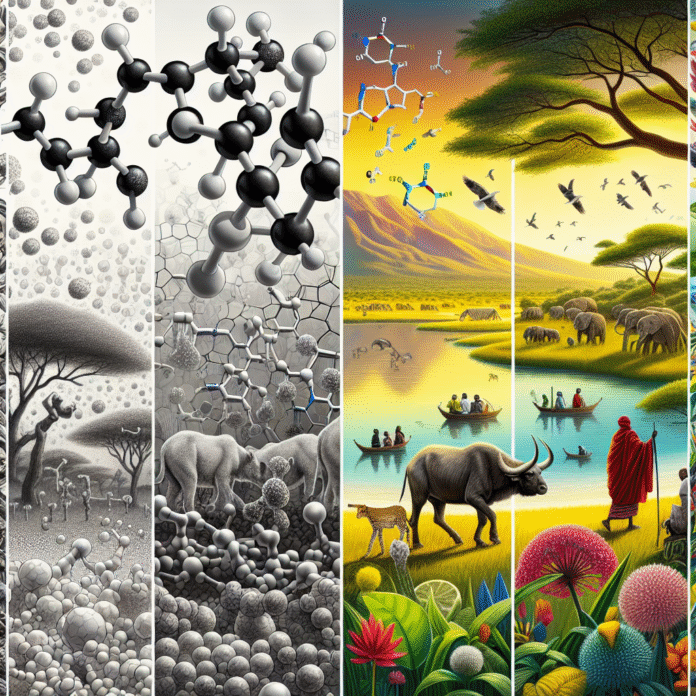Kajiado Pastoralists Embrace New Conservation Markets for Biodiversity
“`html
From Carbon to Biodiversity: Kajiado Pastoralists Explore New Conservation Markets
The Kajiado region, known for its rich cultural heritage and vast landscapes, is undergoing a significant transformation as local pastoralists adapt to emerging conservation markets. With the growing global emphasis on sustainability and biodiversity, these communities are finding innovative ways to integrate traditional practices with modern conservation efforts.
A Shift Towards Sustainable Practices
Pastoralists in Kajiado have traditionally relied on livestock grazing as their primary means of livelihood. However, the increasing impacts of climate change and land degradation are prompting many to reconsider their approaches. The introduction of carbon credit markets has provided a new avenue for these communities to earn income while simultaneously promoting environmental sustainability.
By adopting sustainable land management practices, such as rotational grazing and reforestation, pastoralists can contribute to carbon sequestration. This not only helps mitigate climate change but also allows them to sell carbon credits to corporations seeking to offset their emissions. These credits can provide significant financial benefits, making conservation economically viable for local communities.
Embracing Biodiversity Conservation
In addition to carbon markets, Kajiado pastoralists are increasingly recognizing the importance of biodiversity conservation. The region is home to a variety of flora and fauna, some of which are endangered. By protecting these species and their habitats, pastoralists can enhance their ecosystem services, which in turn supports their agricultural and livestock activities.
Community-led initiatives, such as wildlife conservancies, have gained traction. These conservancies not only safeguard wildlife but also create opportunities for eco-tourism, which can be a lucrative source of income. Tourists are drawn to Kajiado for its unique landscapes and wildlife, providing a sustainable alternative to traditional livestock farming.
The Role of Education and Capacity Building
To fully leverage these new markets, education and capacity building are essential. Various NGOs and government agencies are working with Kajiado pastoralists to provide training on sustainable practices, financial literacy, and market access. This empowerment enables communities to make informed decisions about their resources and engage effectively in conservation markets.
Moreover, the integration of traditional ecological knowledge with scientific research is crucial. By combining local insights with modern conservation strategies, pastoralists can enhance their land management practices, ensuring both environmental sustainability and economic stability.
Challenges and Future Prospects
Despite the promising developments, Kajiado pastoralists face challenges in navigating these new conservation markets. Issues such as land tenure insecurity, limited access to finance, and fluctuating market prices can hinder their ability to benefit fully from conservation initiatives. Addressing these barriers will be essential for the long-term success of these programs.
As Kajiado pastoralists continue to adapt to changing environmental and economic landscapes, their journey reflects a broader trend of integrating traditional practices with modern conservation efforts. By embracing sustainable practices and engaging in new markets, these communities are not only preserving their way of life but also contributing to the global fight against climate change and biodiversity loss.
In conclusion, the evolution of Kajiado pastoralists in the context of conservation markets serves as an inspiring example of how local communities can harness their knowledge and resources to navigate contemporary environmental challenges. With continued support and collaboration, they can pave the way for a sustainable future that honors both their heritage and the planet.
“`


